#testudo horsfieldii
Photo


#Harold#Russian Tortoise#Horsfield Tortoise#tortoise#turtle#Testudo horsfieldii#reptile#reptiblr#my reptiles#Oct 2022#leaves
139 notes
·
View notes
Text
Herb, at the park
#herb#tortoise#horsfield's tortoise#turtle#herb the turtle#testudo horsfieldii#russian tortoise#turtles#tortoises#testudo horsfieldi
128 notes
·
View notes
Text
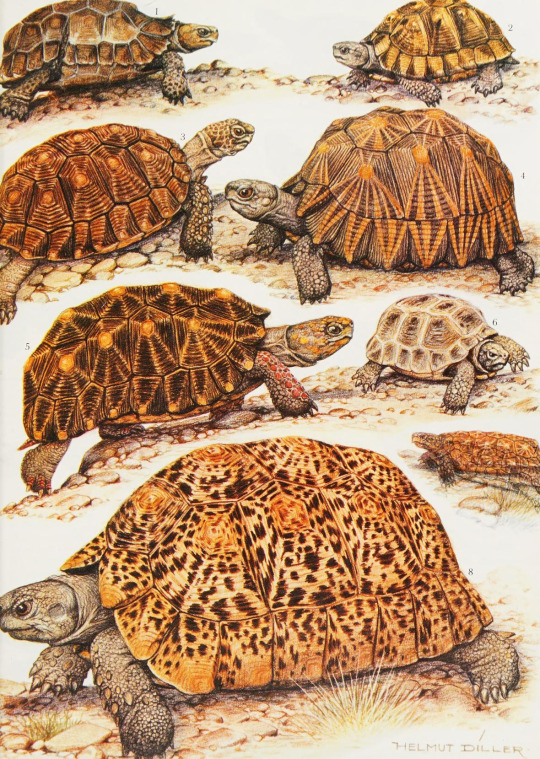
Grzimek's Animal Life Encyclopedia. Volume 6: Reptiles. Written by Bernard Grzimek. 1984. Illustration by Helmut Diller.
1.) Forest hinge-back tortoise (Kinixys erosa)
2.) Hermann's tortoise (Testudo hermanni)
3.) Gopher tortoise (Gopherus polyphemus)
4.) Radiated tortoise (Astrochelys radiata) (prev. Testudo)
5.) Red-footed tortoise (Chelonoidis carbonarius) (prev. Testudo)
6.) Russian tortoise (Testudo horsfieldii)
7.) Pancake tortoise (Malacochersus tornieri)
8.) Leopard tortoise (Stigmochelys pardalis) (prev. Testudo)
#reptiles#turtles#tortoises#Forest hinge-back tortoise#Hermann's tortoise#Gopher tortoise#Radiated tortoise#Red-footed tortoise#Russian tortoise#Pancake tortoise#Leopard tortoise#Helmut Diller
192 notes
·
View notes
Text
Tortuga rusa o horsfield
Tortuga rusa o horsfield
Nombre científico:
Agrionemys horsfieldii o Testudo horsfieldii (recientemente se le dio su propio género como Agrionemys horsfieldii , pero todavía se conoce comúnmente como Testudo horsfieldii ).
Nombres comunes:
Incluya la tortuga rusa, la tortuga afgana, la tortuga afgana, la tortuga esteparia, la tortuga de Asia central, la tortuga de cuatro dedos y la tortuga de Horsfield.
Esperanza de…

View On WordPress
0 notes
Text
Russian Tortoise Life Span - How Much Do They Live?
New Post has been published on https://www.petculiars.com/russian-tortoise-life-span/
Russian Tortoise Life Span - How Much Do They Live?
One great pet for kits that is pretty active but still easy to keep, is the Russian tortoise. This article will give you a lot of valuable information about the Russian Tortoise, including its lifespan.
The small size and pretty active personality make the Russian tortoise very interesting not only for kids but for adults as well. It is also a docile creature, which is why this is a very popular choice for parents that want to teach their children some responsibility. One of the very few issues you will have with it is its borrower character, which might turn it into a garden destroyer if you aren’t careful enough.
Their Life Span
As you might expect, the Russian tortoise will probably live your whole life and maybe even outlive you for a few more years. This means that the Russian Tortoise has one of the longest lifespans in the animal kingdom. Experts agree that these creatures can easily live around 100 years in the wild. In captivity, though, things are slightly different and a Russian tortoise kept as a pet will usually only live for about 50 years on average if you attend to its every need.
You might also like my articles on whether tortoises eat celery, the lifespan of red-eared sliders, and information on baby snapping turtles.
Some Facts
The scientific name of the Russian tortoise is Testudo horsfieldii or Agrionemys horsfieldii. Just recently it managed to get its own genus as well, called Agrionemys. Even so, experts still call these tortoises Testudo horsfieldii. The Russian tortoise has a lot of other common names including:
Steppe tortoise
Horsfield’s tortoise
Four-toed tortoise
Central Asian tortoise
Afghanistan tortoise
Afghan tortoise
Their Size
The size of the Russian tortoise is what makes it a really well-known family pet. The carapace length of hatching will be about 1 inch and the maximum length it will reach when becoming an adult will be between 8 and 10 inches. When reaching adulthood, males will be slightly smaller than females. When females are about 6 inches long, they will be able to reproduce and will lay eggs. When Russian tortoises are captured to be exported, they will be around 4 to 5 inches long, so they will basically be adults in becoming.
Availability
The captive production of the Russian tortoise is very low, which is why most specimens are imported to North America from other places. This is why, regardless of where you get your Russian tortoise from, it will most likely be caught in the wild. The captive-bred tortoises will usually be sold a lot cheaper than imported ones and will also be younger.
Their Habitat
This creature will usually be found in places like Afghanistan, northwestern Pakistan, eastern Iran, and Eastern Russia. It likes areas with sparse vegetation and dry weather. The environment of their choice will be a place with cold winter seasons and hot summer seasons, which would include hilly and rocky areas. This tortoise will usually build its own burrow that can be even 2 meters long but has no issues in occupying burrows abandoned by other animals either.
Housing
If you live in an area with warmer weather, you should keep the Russian tortoise in an outdoor enclosure. One tortoise won’t need more than 2 to 4 feet for the enclosure. Its walls will have to be built 7 to 12 inches below ground level. This is to prevent the tortoise from digging a hole through which it might escape. When kept in a colder or hotter climate, it will insulate itself by going underground. If you want to prevent your tortoise from burrowing too much but still want to offer it to be able to maintain a stable temperature, then you should hide some boxes underground for the pet to go in.
Tortoises will be active in the wild when the temperature is between 60 and 90 ºF. It will consider the weather too hot if it goes over 100 ºF. It is a creature that hibernates during the winter, using the same digging and hiding underground trick as the cold sets in. If you want to keep it inside, it won’t have any problems at room temperature, as long as this temperature is between 60 and 80 ºF.
You can also place a basking lamp in its enclosure that should be kept at a temperature of around 90 to 100 ºF. Having UV light around the tortoise will also be beneficial in helping it process the calcium from its diet. When kept indoors the tortoise won’t feel the need to hibernate. You will have to keep a strict day and night cycle and a stable temperature in the enclosure for the pet to have the best conditions. To keep the tortoise as healthy as possible, turn off the heat and light sources during the night.
Diet
This creature is known to eat all sorts of things and is not at all fussy. You can feed it spring mixes and leafy green vegetables without an issue. They also like to eat dark lettuce, kale, collard greens, and turnip greens. Along with a balanced diet, it should also receive plenty of clean, fresh water. When drinking the water from the tray, it will usually sit in and from time to time it will even defecate there. This is why you should change its water a few times each day and you should also move the tortoise when you notice it standing in the water.
Conclusion
When you think about getting a pet, you need to understand that you will have to live with it for the rest of your life and that its wellbeing will be your responsibility. When you get a Russian tortoise things are even more complicated because it might even live to be the pet of your grandchildren, so make sure you really want one before getting it.
0 notes
Photo
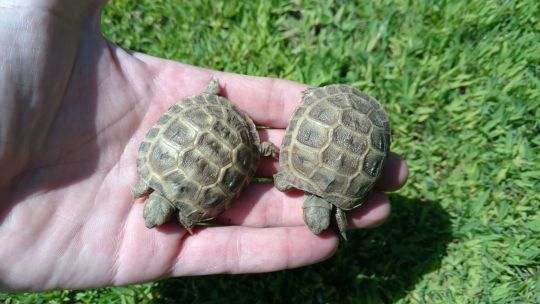
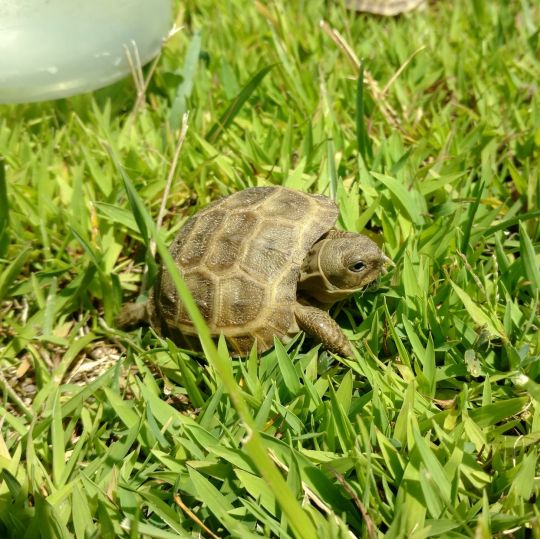

Forgot to upload photos of these cute little baby tortoises from last year. They found new homes already but hopefully there will be more this year too :)
So special to be able to watch these adorable new tortoises grow.
August 24, 2020
#tortoise#tortoises#russian#Russian tortoise#baby tortoise#baby#hatchling#Testudo horsfieldii#reptile#reptiles#reptiblr
4 notes
·
View notes
Text
Pebble dining on Mazuri low-starch tortoise pellets. He really loves them!
75 notes
·
View notes
Text
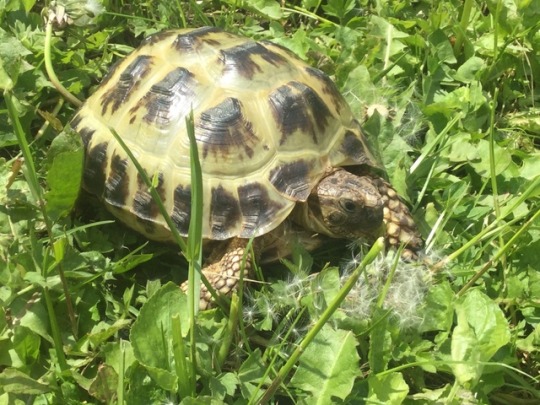

Forrest, my tiny pebble walking in the garden 🌼🐢
33 notes
·
View notes
Text
This Is Tarrasque

He's a young Russian Tortoise (Testudo horsfieldii)
And He's a very good boy!!!
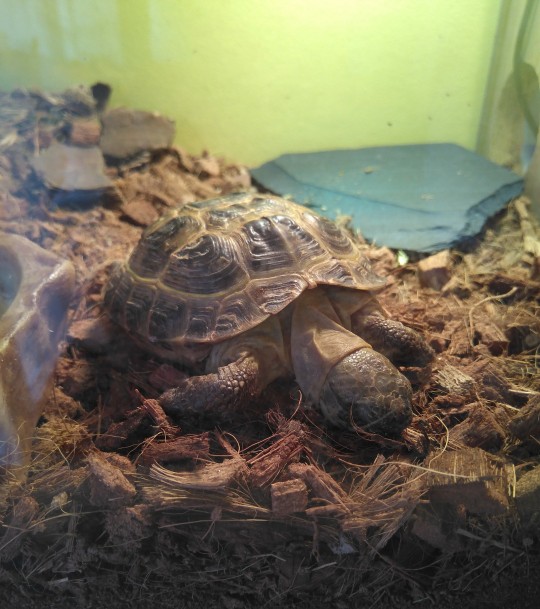
56 notes
·
View notes
Note
You have a tortie?! Pls tell us about your tort
This is Bunty.

He’s a Russian tortoise (Testudo horsfieldii) and about six years old, so he still has his whole life ahead of him. He’s about 18cm long. He loves lettuce and tomatoes and running exceptionally fast. Before he came along I never knew land tortoises could be that quick on their feet. Bunty’s not so much a tortoise that lives ‘with us’ as he’s the family tortoise; we see him every time we go up to visit the other part of the family (approx. 2hrs away). In this picture we’d let him outside on a good day and he was sunning himself. He’s a good tort
#Anonymous#russian tortoise#bunty#personal#have i never mentioned him before#well there he is now ;)
7 notes
·
View notes
Text

😴
#herb#tortoise#horsfield's tortoise#turtle#herb the turtle#testudo horsfieldii#russian tortoise#turtles#tortoises#testudo horsfieldi
75 notes
·
View notes
Photo
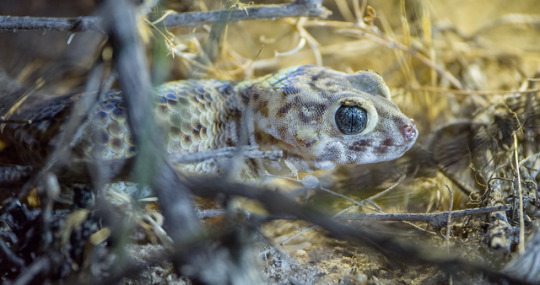

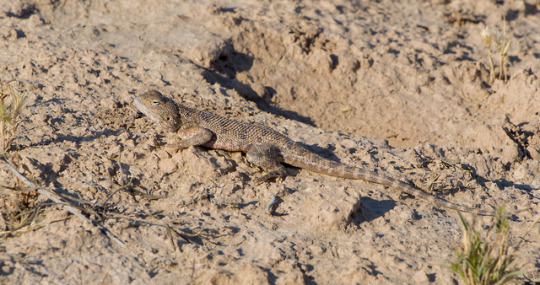


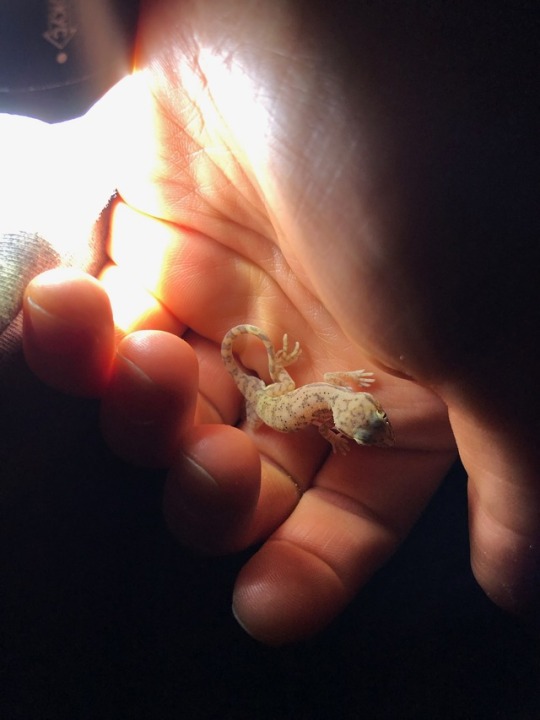
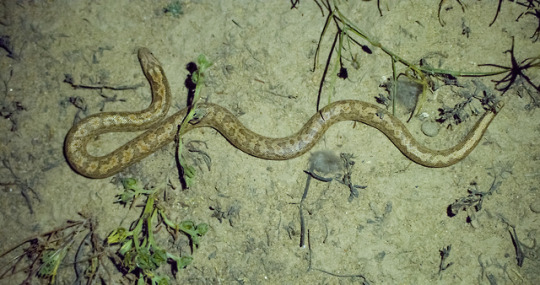
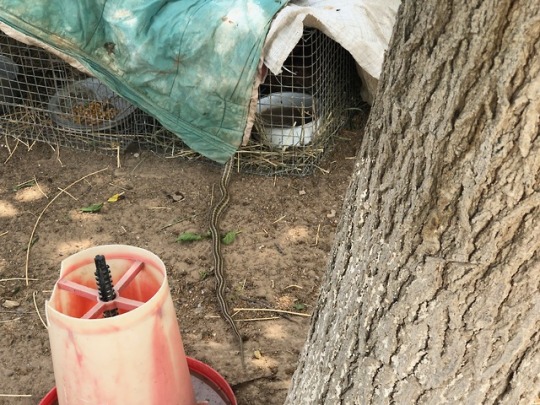


Reptiles of Uzbekistan (May 2019)
In order of photos:
Teratoscincus scincus (Frog-eyed gecko)
Trapelus sanguinolentus (Steppe Agama)
Phrynocephalus mystaceus (Secret Toadhead Agama)
Tenuidactylus caspius (Caspian Bent-Toed Gecko)
Tenuidactylus bogdanovi (Gecko Bogdanov)
Eryx miliaris (Desert Sand Boa)
Elaphe dione (Steppes Ratsnake)
Testudo horsfieldii (Horsfield’s Tortoise)
1 note
·
View note
Text
Folgen schwerer Haltungsfehler am Beispiel einer Vierzehenschildkröte (Testudo horsfieldii)
Bereits in meinen Artikeln „Folgen schwerer Haltungsfehler bei Europäischen Landschildkröten – Plädoyer für eine artgerechte Freilandhaltung“ und „Zur artgerechten Haltung Europäischer Landschildkröten und ihrer Gesundheitsvorsorge und alternativmedizinische Behandlung“ habe ich auf die Problematik einer völlig falschen Haltung bei Landschildkröten aufmerksam gemacht.
Dennoch erstaunt es mich immer wieder, wenn besonders schlimme Fälle in die Praxis kommen, da sowohl der Büchermarkt als auch das Internet eine Vielzahl qualifizierter Informationen bieten, die es auch dem Einsteiger ermöglichen, von Beginn an alles richtig zu machen.
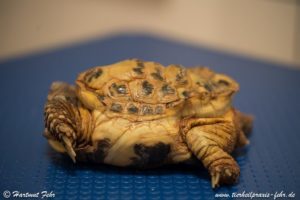
Vierzehenschildkröte (Testudo horsfieldii)
Leider ist dies bei weitem kein Einzelfall. Er zeigt aber in besonderem Maße, dass die Terrarienhaltung nichts anderes ist als eine massive Tierquälerei, die auf Dauer zu einem schleichenden und qualvollen Tod des Tieres führt.
erschienen in der TESTUDOWELT, 02/ 2017
Lesen Sie den ganzen Artikel
0 notes
Photo
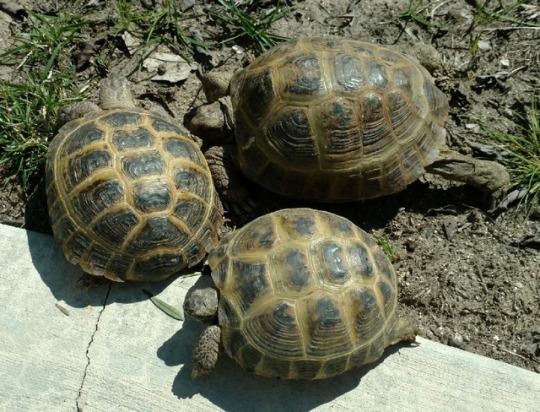
Picked up a pair of Russian tortoises today to provide some company for my female.
Need to build them 3 tiny voting booths in 2020 so they can meddle in the election.
March 22, 2019
#reptiblr#reptiles#reptile#tortoise#tortoises#russian tortoise#russian tortoises#russian#russians#Agrionemys horsfieldii#Testudo horsfieldii#horsfieldii#horsfield tortoise#Testudinidae
3 notes
·
View notes
Text
Cleaned up Pebble’s indoor enclosure

Warm temps are finally here, and Pebble is spending most days in his outdoor run out on the porch. I figured this would be a good time to refresh the coco coir in his indoor home.
The basking stone rests on top of two bricks, so there’s a cave under it if he wants to hap under the warm stone after getting his “sun bath.”
True to tradition, Pebble hated it and stomped off to his room upstairs. Which was also cleaned, to his dismay.

He’s got an identical chicken coop outside, but with the little run attached on the right. When he’s outside, I put a walkway leading up to the front door so he can go sleep in the coop when he’s done grazing.
When the nights get warmer (over 65F), he’ll be spending the nights outside too. I’ll be locking him in the coop, to keep raccoons, rats, etc. out, so he can be safe. In the morning, before I let him out, he can use the little caged run to bask until I unlock the coop and he can go out into the big enclosure.
12 notes
·
View notes
Photo
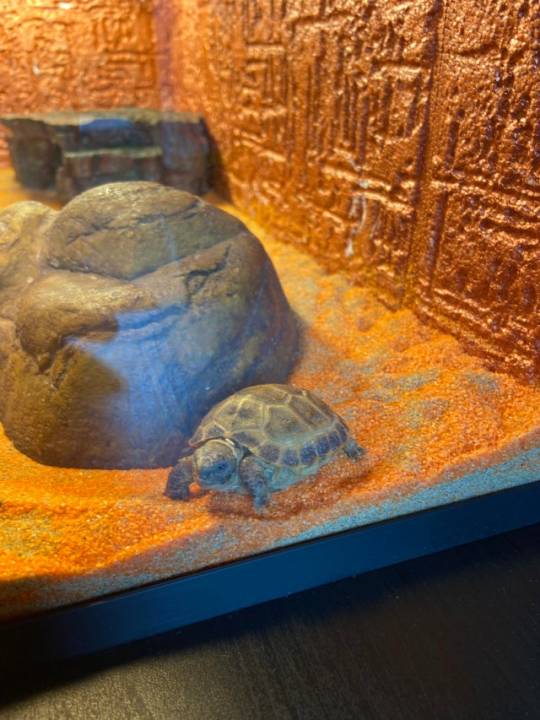
my first turtle! Testudo (Agrionemys) horsfieldii -- https://ift.tt/2OOCv0n
0 notes